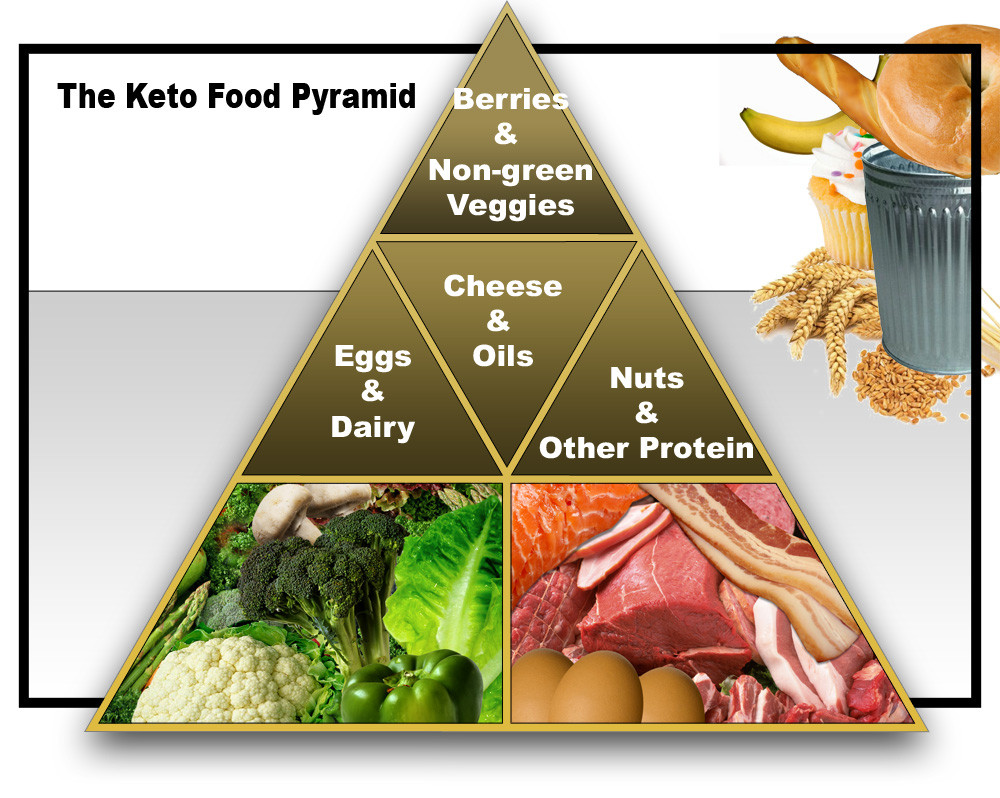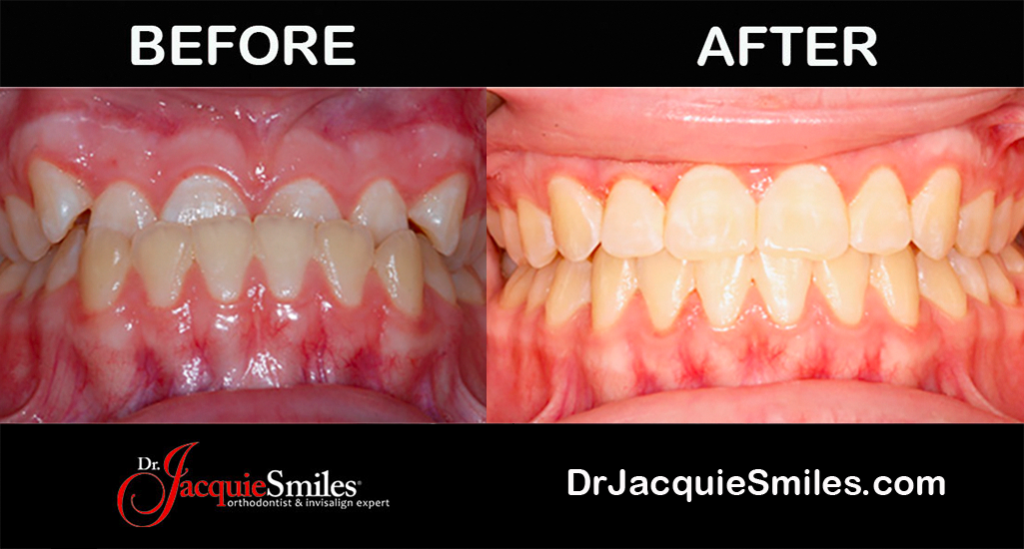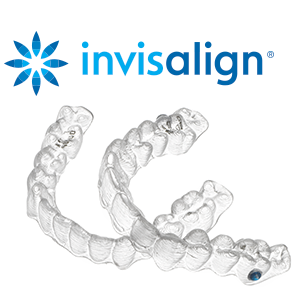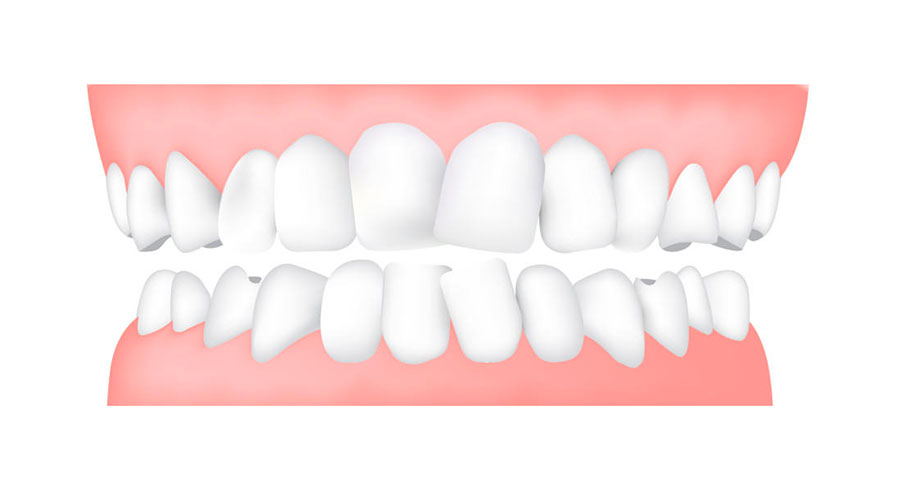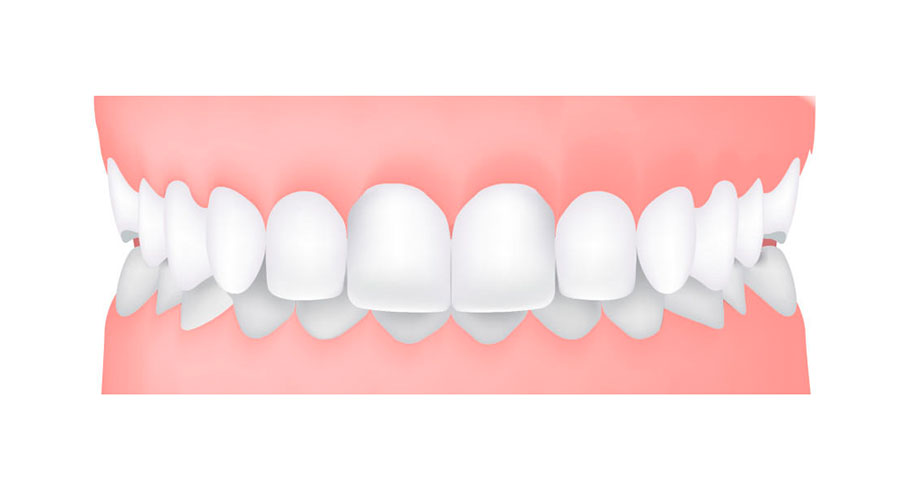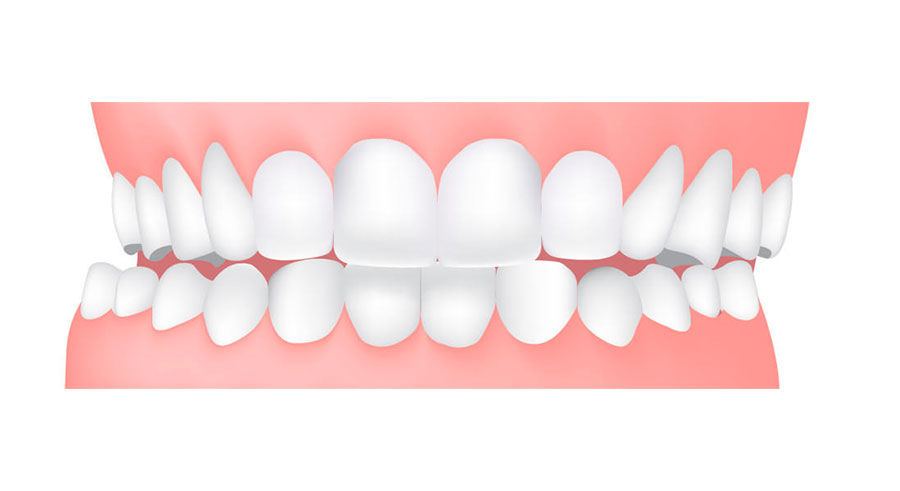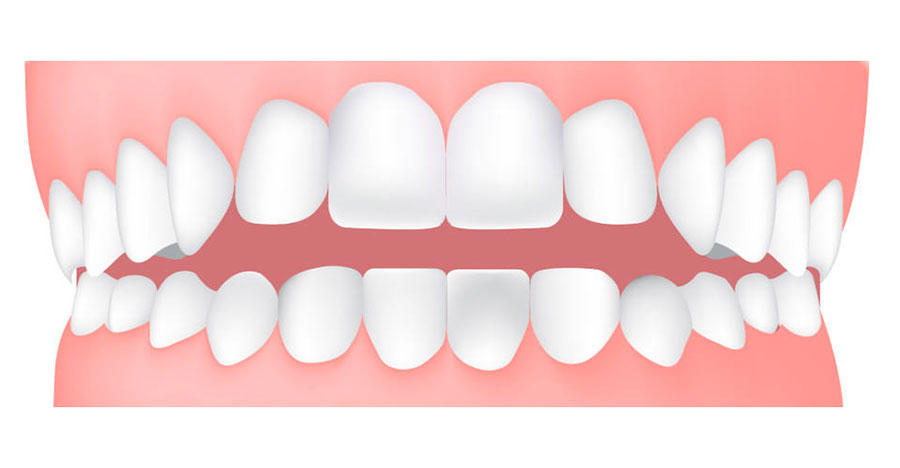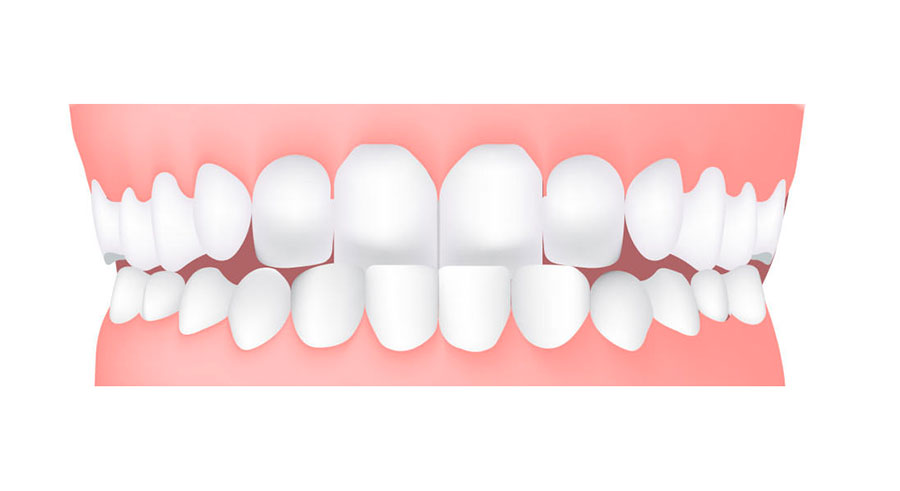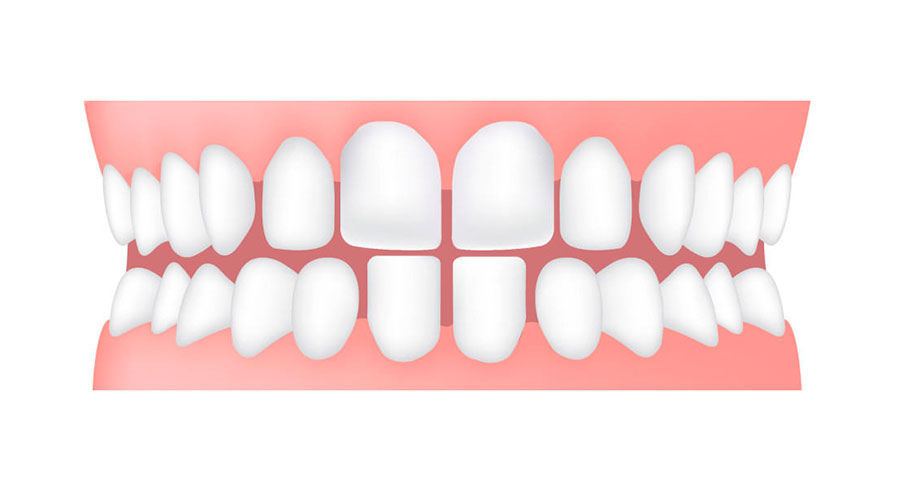Top Brands for In-Office Professional Teeth Whitening in NYC
Teeth whitening is the most popular dental procedure requested by NYC patients in dentist offices today! In-Office whitening treatments are conducted by professionals and carefully monitored which creates a controlled, safe and pain-free environment for the patient. Many of the professional treatments yield visible results immediately which keep the procedure high in demand.
Advantages of Professional Teeth Whitening Treatment
- Fast results
- Professional supervision
- Access to the safest form of bleaching teeth
Hydrogen Peroxide vs. Carbamide Peroxide
Hydrogen and Carbamide peroxide are both effective whitening agents. Carbamide peroxide contains hydrogen peroxide at a ratio of 1:3. An excellent example is a teeth whitening product that contains 30% carbamide peroxide has about 10% hydrogen peroxide.
Zoom! Teeth Whitening System
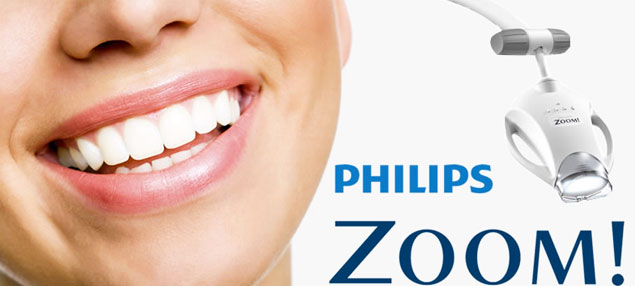
Zoom! Is successfully used in dental offices around the United States on a daily basis. It features 25% hydrogen peroxide gel that is applied three times and combined with a light from a specialized lamp to accelerate the bleaching process. The gel is applied in three intervals during the treatment and each lasting 15 minutes. A sensitivity-reducing fluoride paste is applied to the teeth immediately afterward.
Total in-office time: About one hour
Benefits: It provides immediate results without causing sensitivity to teeth.
Cost: $500
Schedule your in-office professional teeth whitening appointment NYC today
by calling 212-972-3522 or fill out the contact form to receive additional information.
Save up to $500 on professional teeth whitening treatments.
We accept insurance, financing, HSA, and FSA.

Deep Bleaching Treatment
Deep bleaching is a multi-phase protocol instead of a whitening brand. It involves in-office treatment combined with at-home bleaching. This treatment is best known for its ability to whiten intransigent stains caused by antibiotics. Unfortunately, teeth that have absorbed color or have a blue-grey tone are difficult to whiten. However, this treatment does its best to whiten teeth and definitely removes severely colored yellow teeth.
Total in-office time: Approximately one hour plus at-home treatment
Benefits: Teeth are bleached to maximum whiteness
Cost: $800 to $3,500
Opalescence Boost
This in-office teeth whitening treatment features a bleaching gel that contains 38% hydrogen peroxide and a unique component called PF which is a mixture of fluoride and potassium nitrate. This extraordinary combination reduces the risk of sensitivity and cavities as well as acts as an enamel strengthener.
Total in-office time: Up to two hours
Benefits: Strong white teeth
Cost: $500
Brite Smile
This bleaching system is available in dental offices throughout the United States. This whitening treatment features proprietary hydrogen peroxide in concentrations of 15%. The ingredients are pH balanced and contain glycerin that helps minimize tooth dehydration. The treatment is applied in three 20-minute intervals. The innovative blue lighting system is designed to reach all esthetic zone teeth simultaneously.
Total in-office time: About one hour
Benefits: Whitens teeth without causing tooth dehydration
Cost: $600
Whitening your teeth in-office provides you with a comfortable, controlled and safe environment overseen by a professional. It also allows you to discuss tooth sensitivity and treatment options that prevent sensitivity but still give you a white smile you can be proud of showing!
Are you ready to brighten your smile and boost your self-confidence? Contact us today to get started!
SCHEDULE A CONSULTATION
Please contact Dr. Jacquie Smiles today to learn more about in-office professional teeth whitening treatments by calling 212-972-3522 or filling out the contact form to receive additional information. Our office is conveniently located near 30 East 40th Street Park Avenue, New York, NY 10016.




